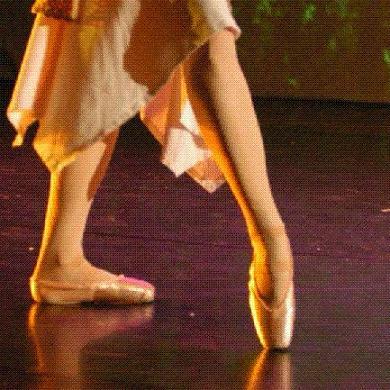Thursday, January 24, 2008
My glasses give me superpowers
I'm...Spectrum Analyzer Woman! My glasses, being both high-index and ridiculously thick at the edges, tend to separate out colors. I've noticed this before - usually it shows up as a blue shadow on one side of the object and a yellow shadow on the other side. Flat-panel computer screens do it bad. When I look at neon lights I can sometimes separate out the emission lines. The other day, though, I noticed for the first time that it works on the fluorescent lights in my bathroom. I happened to be standing in just the right place such that a narrow reflection from the shower door separated out and showed the dominant emission lines, even though the bulb produces white light. There's a line in blue quite far from the actual reflection, a green line closer to it, and a red line just on the other side of the reflection. Needless to say, this is way cooler than yellow and blue shadows. Next I'm going to see if I can get a picture of this with my camera.
Friday, January 18, 2008
Snow!
Thursday, January 03, 2008
Large Synoptic Survey Telescope
From
Interactions News Wire #78-07
03 January 2008
(http://www.interactions.org):
This is extra cool:
By the way, "synoptic" is related to "synopsis" in that this telescope is meant to survey the state of the sky at regular intervals. It is also a meteorological term.
Interactions News Wire #78-07
03 January 2008
(http://www.interactions.org):
Proposed for "first light" in 2014, the 8.4-meter LSST will survey the entire visible sky deeply in multiple colors every week with its three-billion pixel digital camera, probing the mysteries of Dark Matter and Dark Energy, and opening a movie-like window on objects that change or move.
...
The LSST will be constructed on Cerro Pachón, a mountain in northern Chile. Its design of three large mirrors and three refractive lenses in a camera leads to a 10 square degree field-of-view with excellent image quality. The telescope's 3200 Megapixel camera will be the largest digital camera ever constructed. Over ten years of operations, about 2000 deep exposures will be acquired for every part of the sky over 20,000 square degrees. This color "movie" of the Universe will open an entirely new window: the time domain. LSST will produce 30 Terabytes of data per night, yielding a total database of 150 Petabytes. Dedicated data facilities will process the data in real time.
This is extra cool:
LSST is designed to be a public facility - the database and resulting catalogs will be made available to the community at large with no proprietary restrictions. A sophisticated data management system will provide easy access, enabling simple queries from individual users (both professionals and amateurs), as well as computationally intensive scientific investigations that utilize the entire database.
By the way, "synoptic" is related to "synopsis" in that this telescope is meant to survey the state of the sky at regular intervals. It is also a meteorological term.
Subscribe to:
Comments (Atom)

